How do 3D movies like Toy Story or 3D games like The Legend of Zelda create such stunning visuals? It’s all down to the magic of 3D rendering: the process that transforms flat digital models into the beautiful, lifelike images we see on screen.
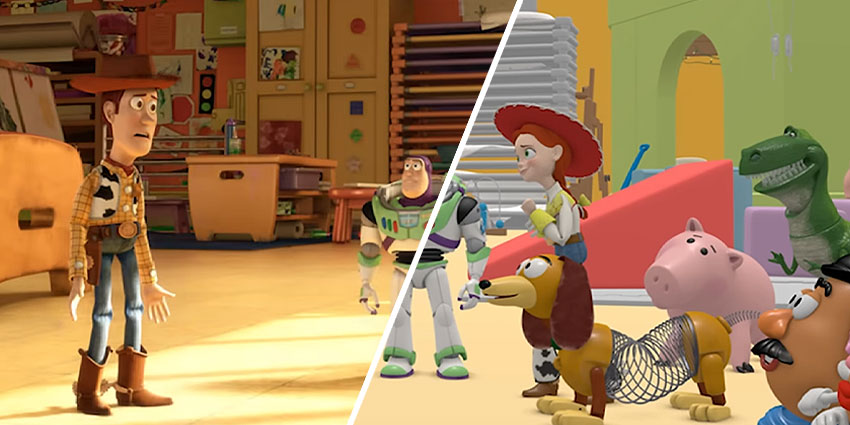
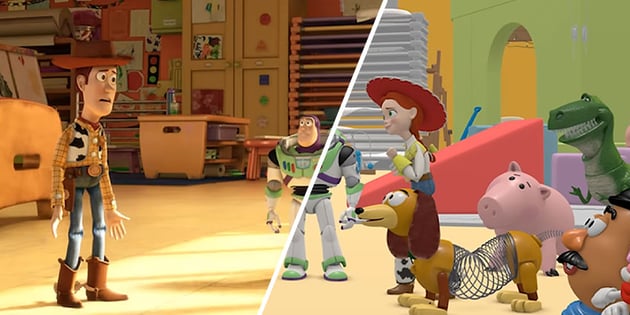
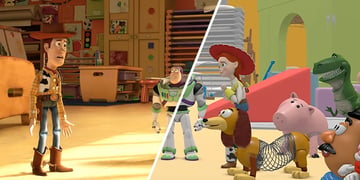
Whether you’re into animation, gaming, or just curious about how 3D rendering works, this guide will break it all down for you. Let’s dive into the world of 3D rendering!
What is 3D rendering?
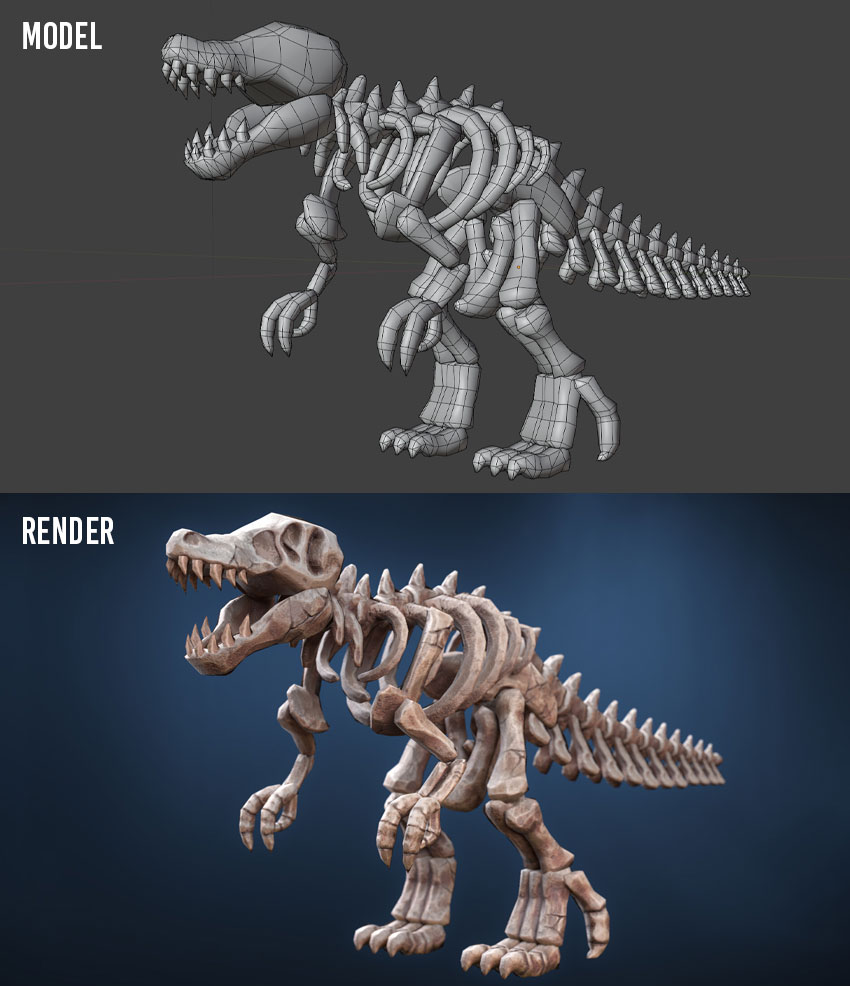
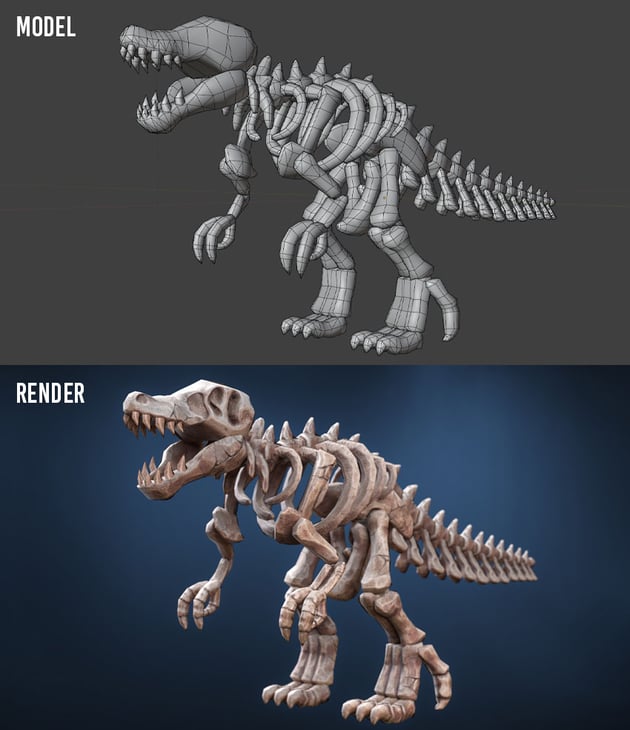
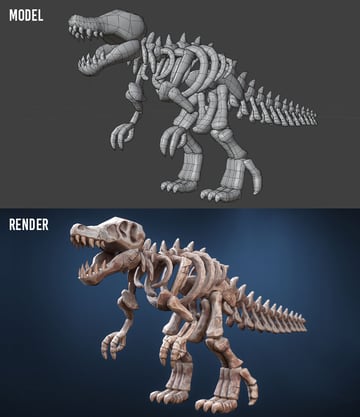
3D rendering is the art of turning digital 3D models into realistic (or stylistic) images and animations. When you build a digital 3D scene, you’re working with things like shapes, colors, lights, and textures. Rendering calculates how these elements interact with each other to create a final image or animation. Rendering pulls together all the elements in your scene:
- 3D models: The objects and shapes you’ve created.
- Textures and materials: The “skins” that make surfaces look smooth, rough, shiny, or even furry.
- Lighting: The magic touch that gives everything depth and realism.
Rendering brings your project to life, making it feel polished and complete. Whether you’re showcasing your work online, presenting it to a client, or releasing it as a film, a great render is what makes your project stand out.
Real-time vs. offline rendering
Depending on your project, you’ll choose between two main types of 3D rendering: real-time rendering and offline rendering. Let’s break it down:
Real-time rendering
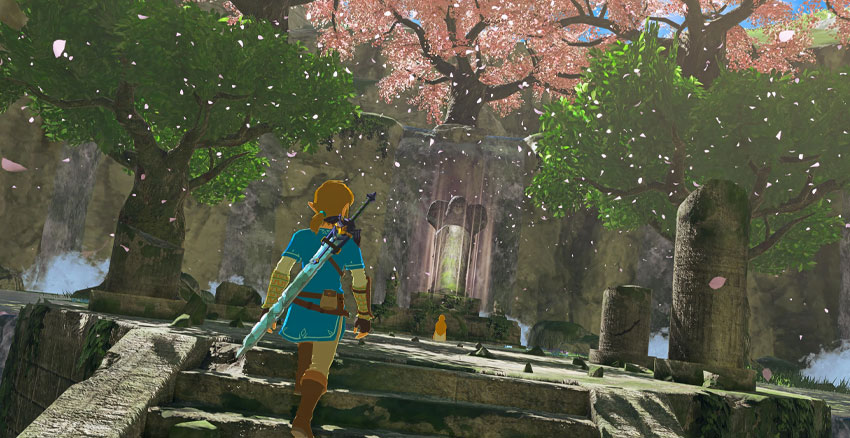
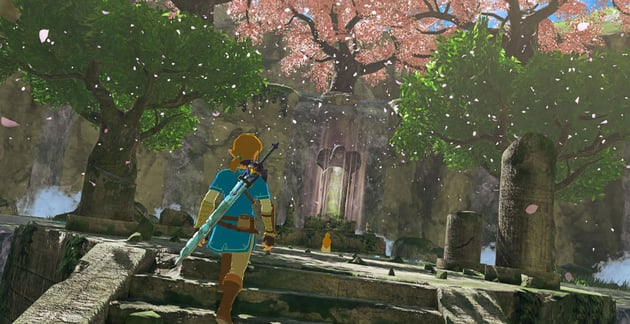
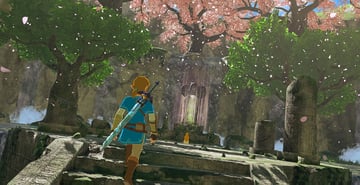
Real-time rendering generates images on the fly. This means that it processes visuals as you play a game or work on a 3D environment. It prioritizes speed over perfection, which is perfect for previews or fast results.
You’ll often see it used in video games, virtual reality (VR), and interactive applications. For example, the epic landscapes in games like The Legend of Zelda: Breath of the Wild are rendered in real time to keep up with your every move as you play the game.
Offline rendering
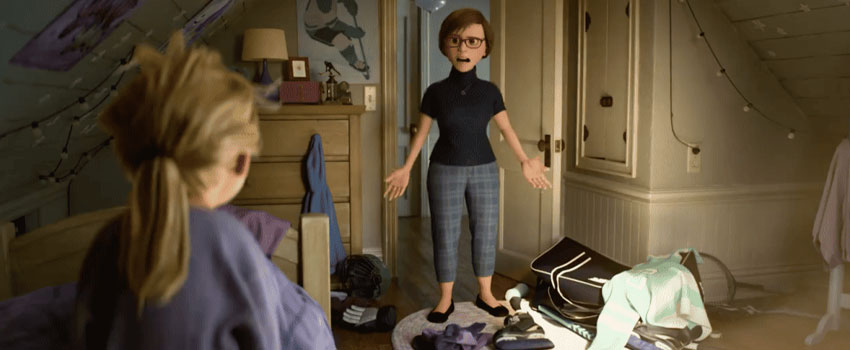
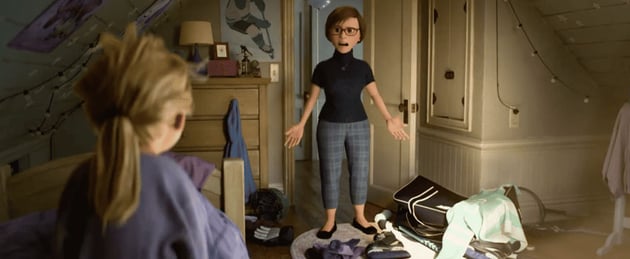
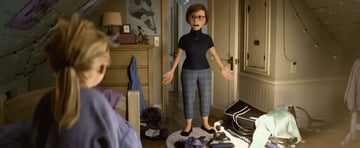
Offline rendering (also known as pre-rendering) is all about quality over speed. It takes its time (sometimes hours or even days!) to process every detail, producing ultra-realistic results. It’s the go-to choice for projects where visual perfection matters more than speed.
Offline rendering tends to show up in movies, high-end advertising, and architectural visualization. Pixar movies like Inside Out 2 use offline rendering to achieve that jaw-dropping level of realism and detail.
How 3D rendering works
Rendering might sound complicated, but it’s really just a step-by-step process where a computer takes your 3D scene and turns it into a finished image or animation. Let’s break it down in simple terms:
Step 1: Set the scene
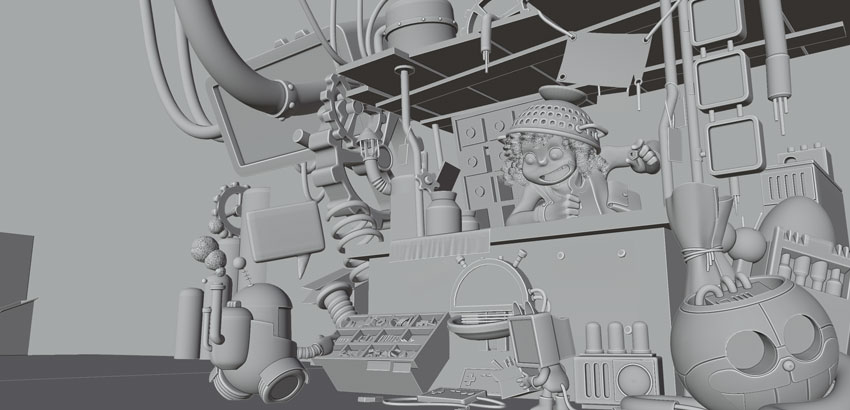
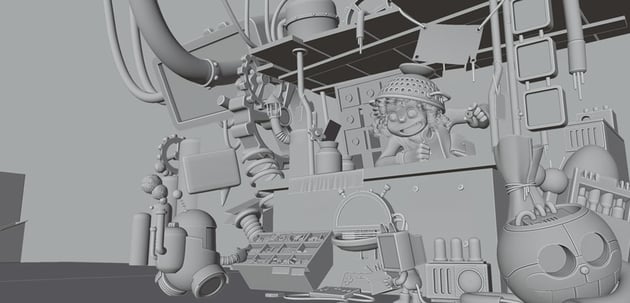
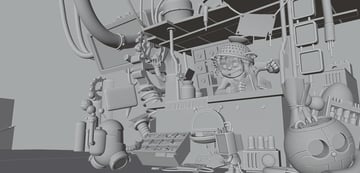
Before rendering starts, you build your virtual world. At this stage, you’ll create 3D models and define the lighting and camera angles for your scene. Think of it like staging a photo shoot, but all digital.
Step 2: Add textures and materials
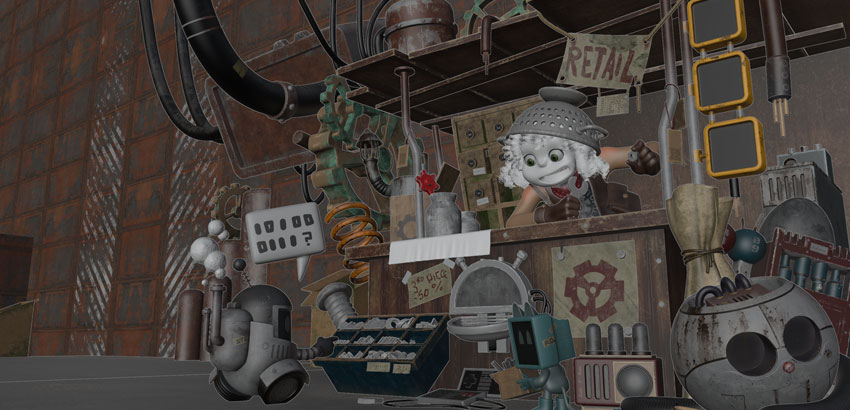
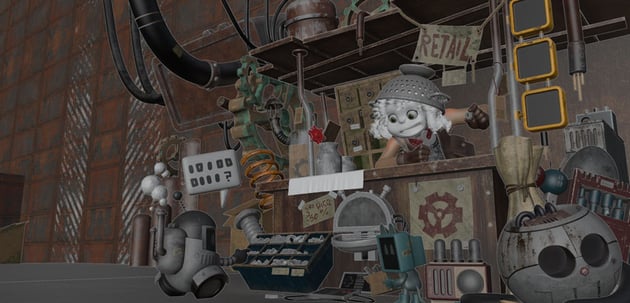
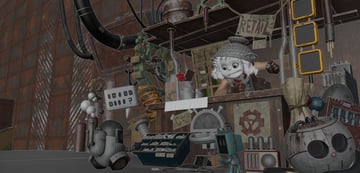
Next, the engine applies the textures and materials you’ve assigned. This step gives your objects their final appearance, like making wood look grainy, metal shiny, or glass transparent.
Step 3: Calculate lighting and shadows
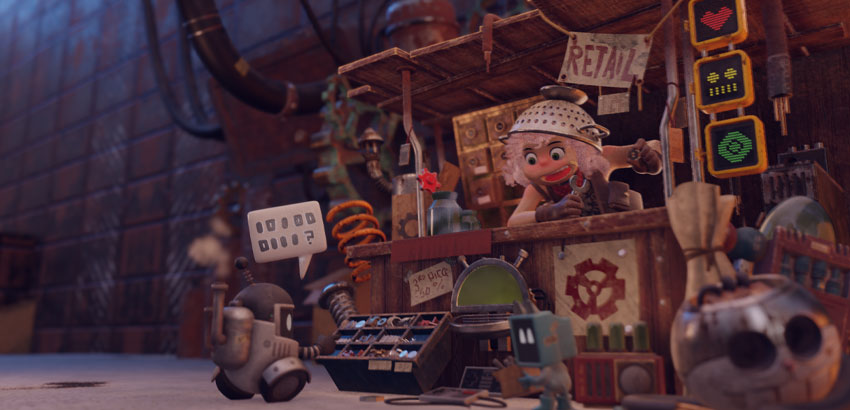
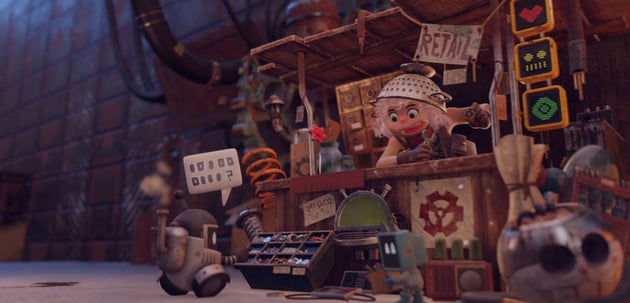
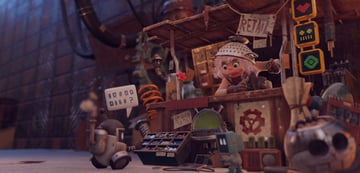
At this stage, the rendering engine starts figuring out how light is interacting with the objects in your scene. It calculates shadows, reflections, and how light bounces off surfaces to make everything look realistic (or stylized if that’s your goal).
Step 4: Generate the image
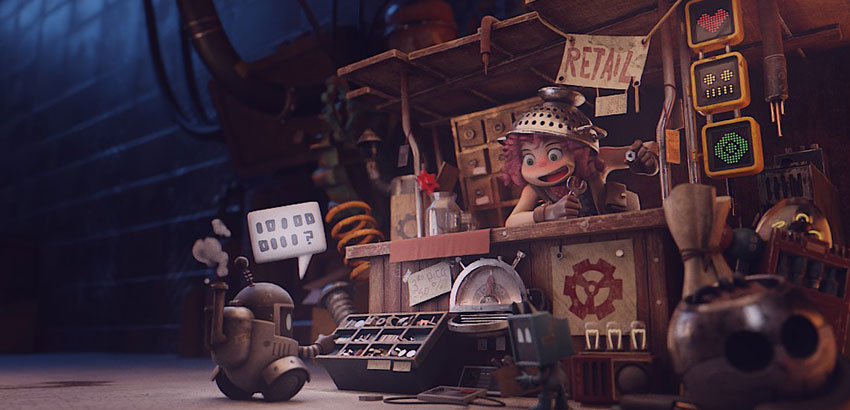
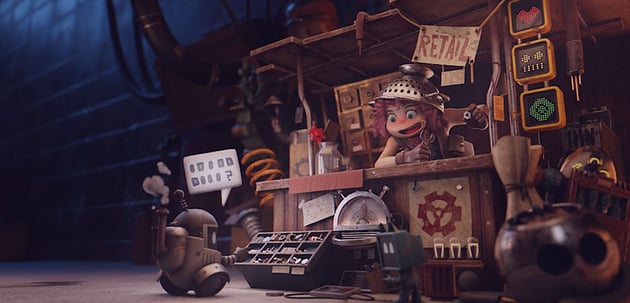
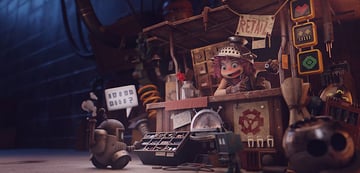
Finally, all the data (models, textures, lighting, and more) comes together to create the final image or animation. The rendering engine processes all this information and outputs your finished result.
Render engines explained
What is a render engine?
A render engine is software that processes your 3D scene, simulates the lighting, and calculates all the tiny details needed to create realistic or stylized visuals. It’s what turns your creative setup into a jaw-dropping final result.
Popular 3D render engines
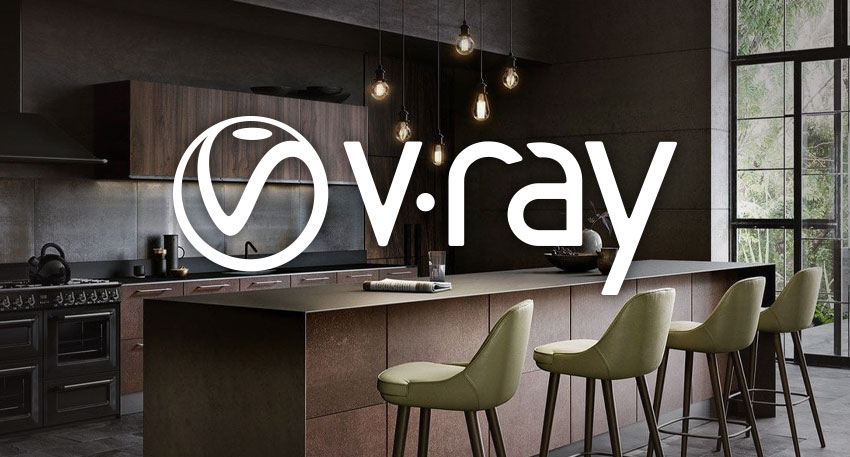
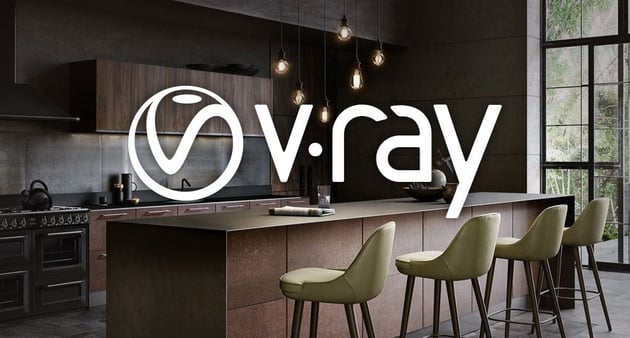
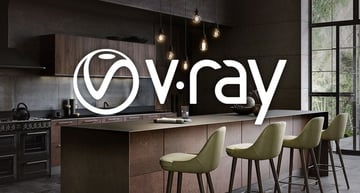
There are tons of 3D render engines out there, each with its strengths. Here are a few of the big names you might come across:
- Blender’s Cycles: A physically based renderer known for its realism, perfect for creating cinematic-quality visuals.
- Blender’s Eevee: A faster, real-time renderer that’s great for stylized work and quick previews.
- V-Ray: A favorite for architecture and product visualization, delivering stunningly realistic renders.
- Arnold: Commonly used in film production for its high-quality results and flexibility.
- Unreal Engine: A game engine with robust rendering capabilities, especially for real-time projects like video games and virtual production.
How to choose a render engine
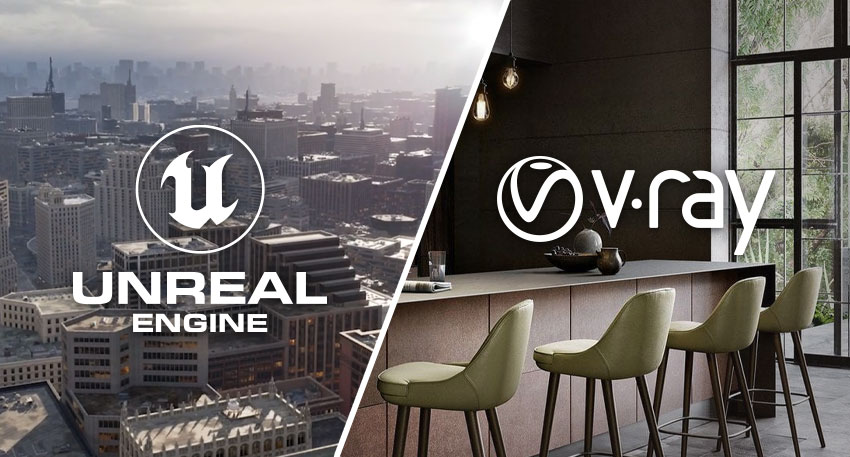
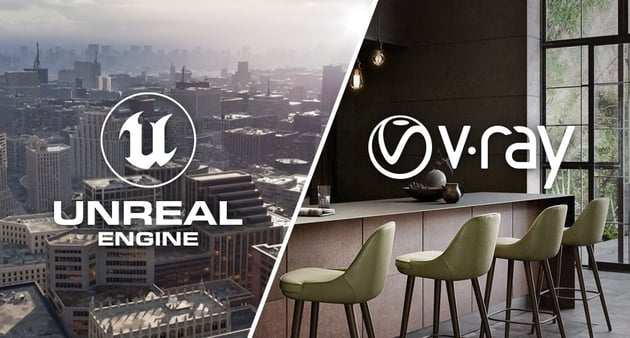

The best render engine for you depends on your goals. If you need realism, go for a physically based engine like Cycles or V-Ray. If speed is the priority, a real-time option like Eevee or Unreal Engine is your best bet.
Rendering techniques
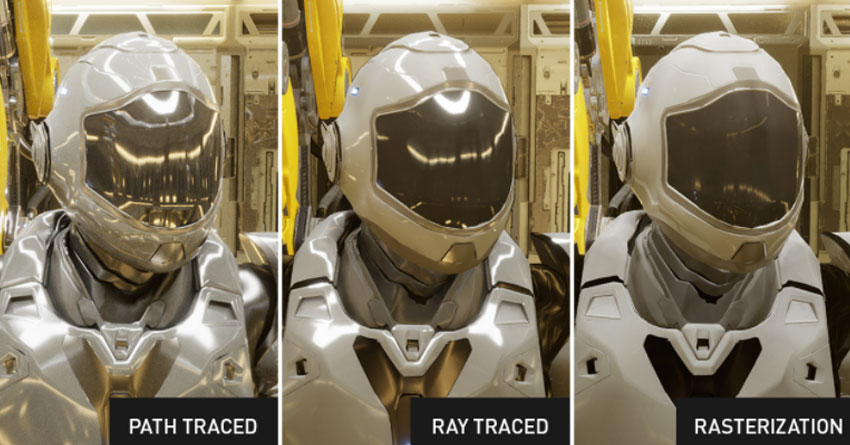
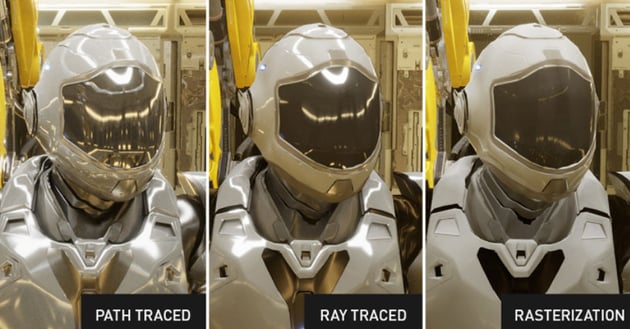
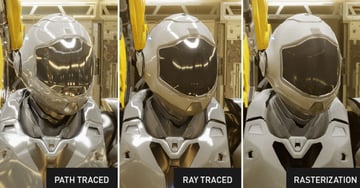
Ray tracing
Ray tracing simulates how light behaves in the real world, tracing light rays as they bounce off surfaces, cast shadows, and create reflections. The result? Hyper-realistic images with stunning details.
Ray tracing is often used in movies, architectural visualization, and high-end advertising. The downside of that lifelike lighting, however, is that it’s very resource-intensive and can take a long time to render.
Rasterization
Rasterization is all about speed. It quickly converts 3D objects into 2D images by simplifying how light and shadows are calculated. While it’s less detailed than ray tracing, it’s ideal for real-time rendering where performance is key.
Because of its speed, rasterization is a favourite technique in video games and interactive applications. It’s less realistic than ray tracing, but it’s fast and efficient, and the results are improving all the time.
Path tracing
Path tracing is an advanced form of ray tracing that’s even more realistic. Instead of tracing a single ray of light, it calculates how light bounces randomly throughout a scene, simulating complex lighting effects like indirect illumination and global illumination. This makes it one of the most accurate methods for creating photorealistic images.
Path tracing is great for creating truly high-end visual effects and is used in architectural visualization and product rendering. However, it’s extremely time-consuming and hardware-intensive, requiring powerful systems or long render times.
Applications of 3D rendering
3D rendering is a key player in many industries, bringing ideas to life in ways that were once impossible. Here are some of the most exciting applications of 3D rendering:
Film and animation
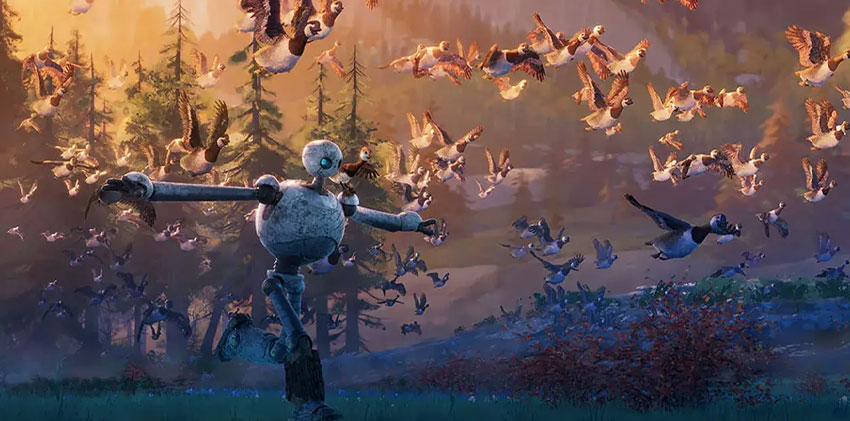
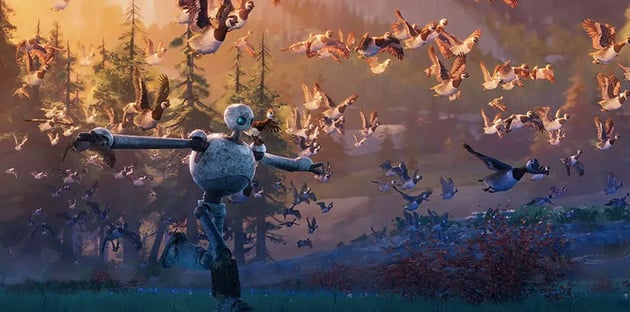
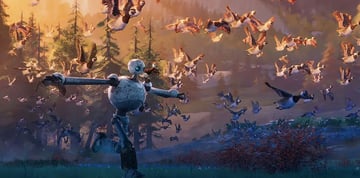
With its ability to create breathtaking worlds and lifelike characters, 3D rendering is the backbone of modern filmmaking. Movies like Avatar and The Wild Robot use rendering to create scenes that feel magical and immersive.
Video games
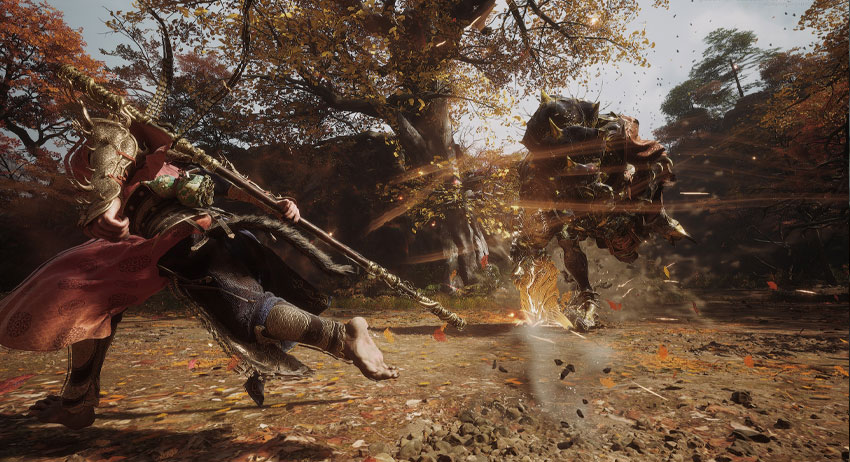
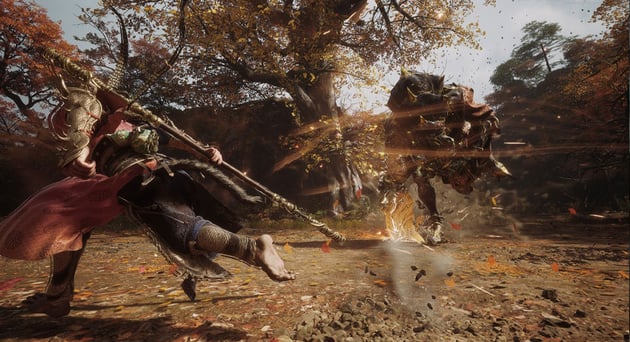
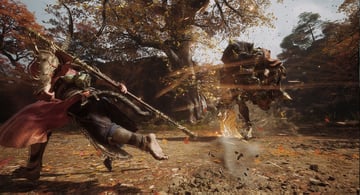
3D rendering makes gaming experiences come alive, whether it’s through ultra-realistic graphics or stylized fantasy worlds. Real-time rendering keeps everything smooth and responsive as players explore vast, detailed environments.
Architecture and design
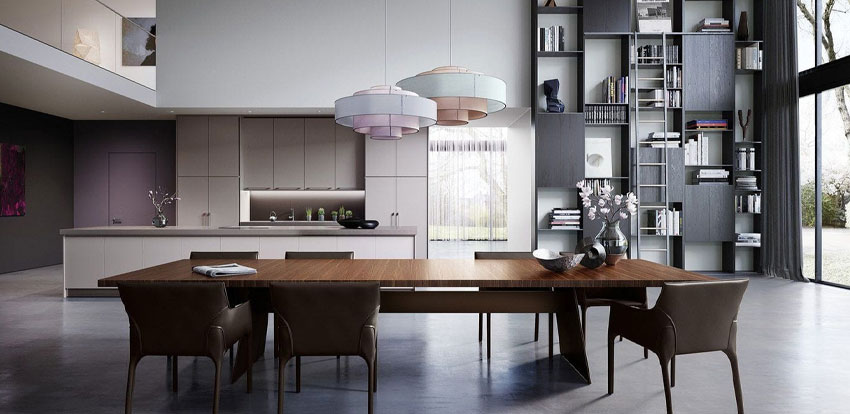
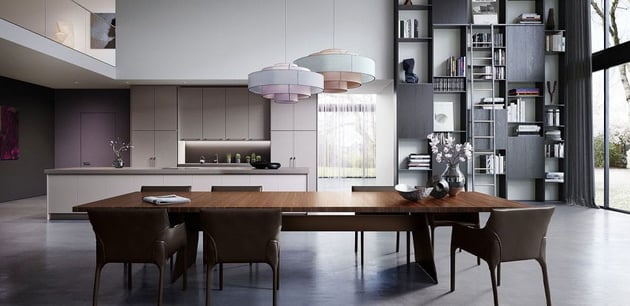

Architects and designers use 3D rendering to create realistic visualizations of buildings, interiors, and products before they’re built. Virtual walkthroughs and detailed renderings help clients visualize the final result.
Advertising and marketing



Eye-catching visuals are essential in advertising, and 3D rendering is cropping up in sleek product shots, stunning animations, and more.
Virtual reality (VR) and augmented reality (AR)
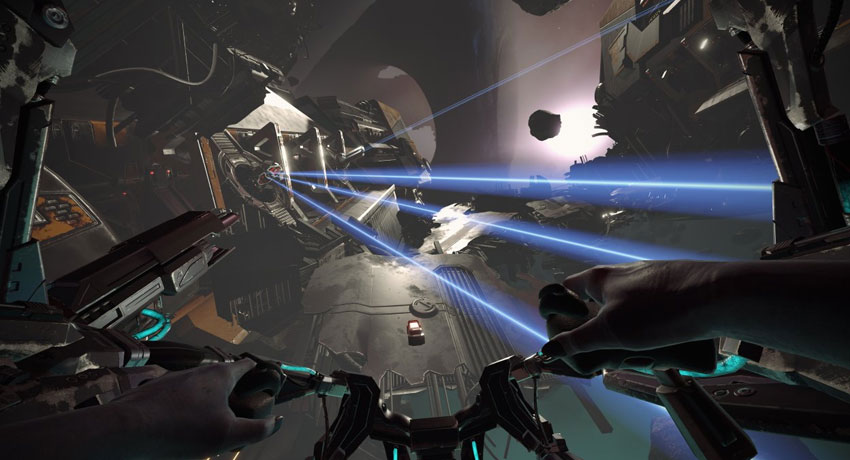
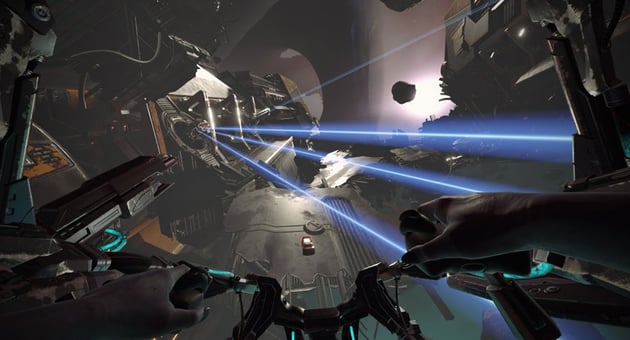
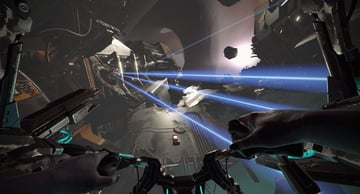
3D rendering powers immersive VR and AR experiences, blending digital content seamlessly with the real world. It’s revolutionizing fields like gaming, training, and even healthcare.
Challenges in 3D rendering
Rendering might create stunning visuals, but there are a few hurdles that every 3D artist encounters, especially when aiming for top-quality results. Let’s look at some of the most common challenges in rendering and how they can affect your workflow.
Long render times
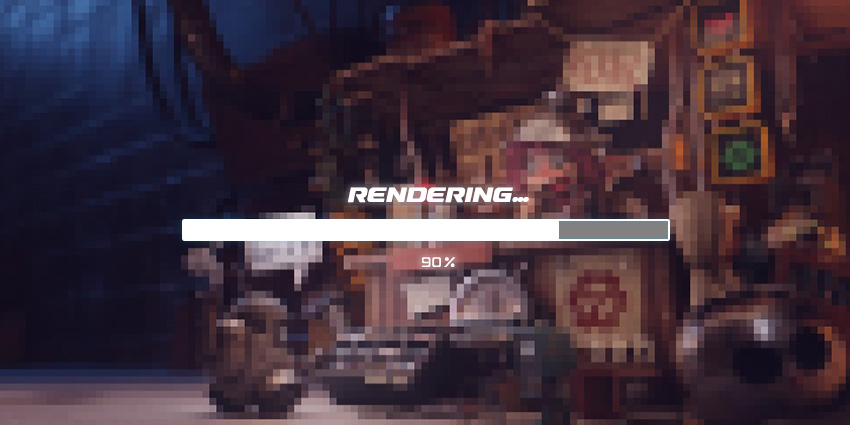
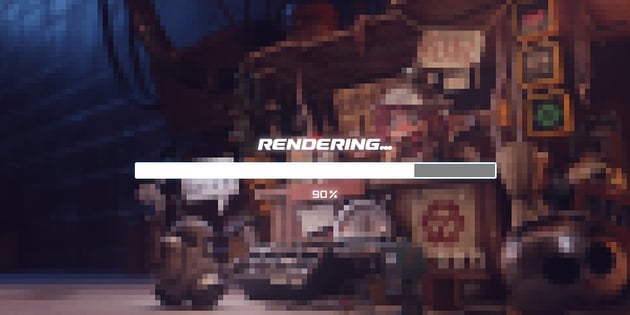
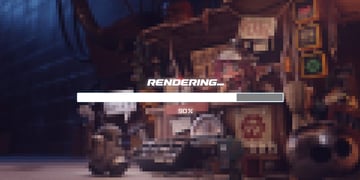
Rendering can be a time-consuming process, especially when aiming for high-quality, photo-realistic results. A single frame in a movie can take hours (or even days) to render, depending on the complexity. For animations, multiply that by thousands of frames, and you’ll understand why rendering can be a waiting game.
Hardware demands
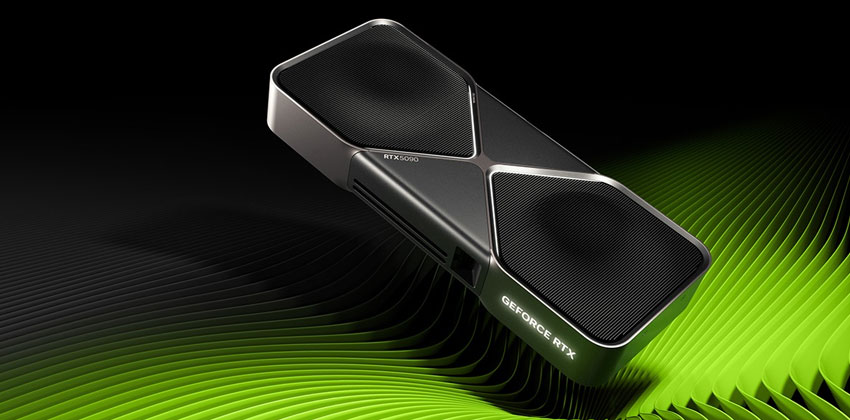
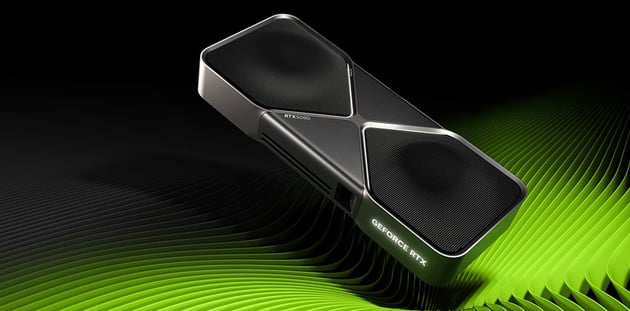
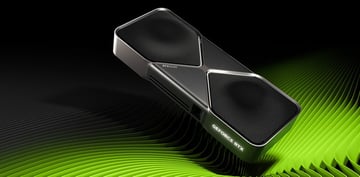
Rendering places a lot of demands on your computer’s processing power, particularly the graphics card (GPU). If you don’t have the latest and most powerful hardware, you might face slow render times or even system crashes.
Balancing quality and efficiency
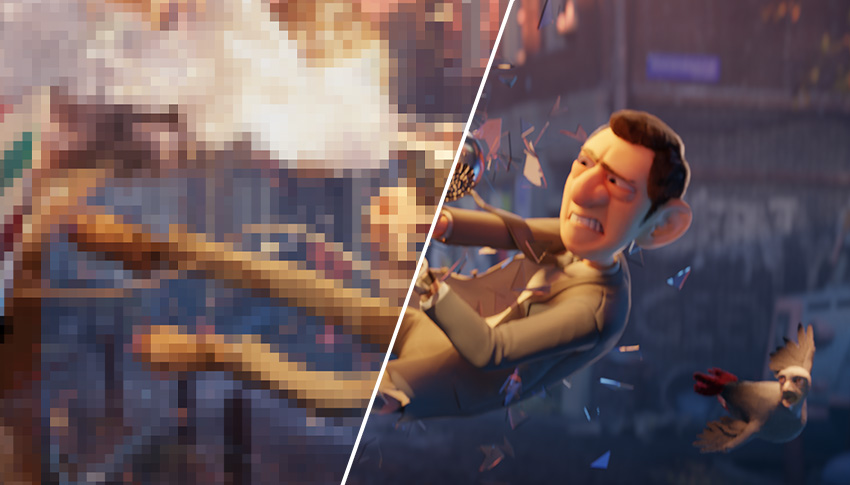
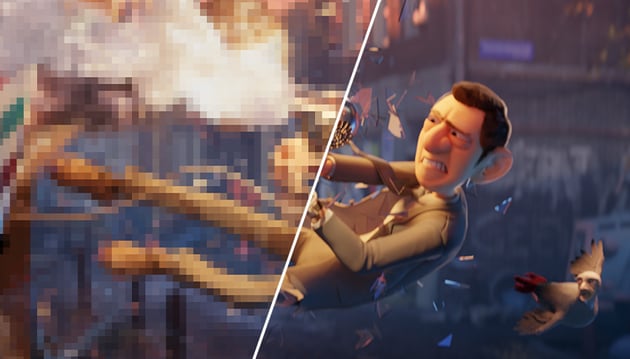
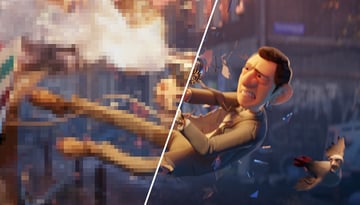
Striking the right balance between a jaw-dropping render and a manageable workload can be tricky. Higher quality means longer render times, but cutting corners can leave your project looking unpolished.
Getting started with 3D rendering can feel overwhelming, but the right tools make all the difference. Luckily, there are plenty of beginner-friendly options to help you dive in:
Blender
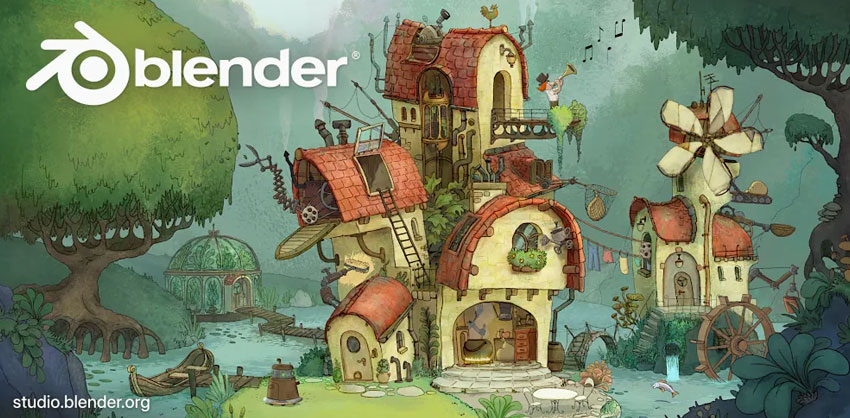
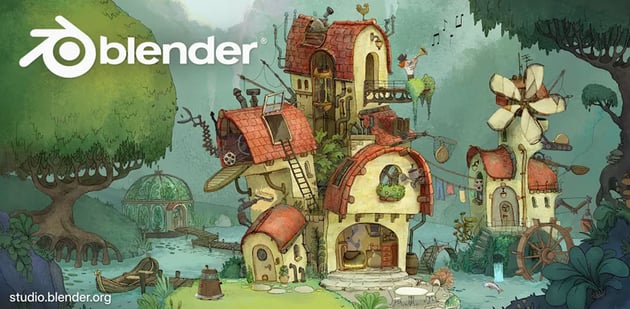
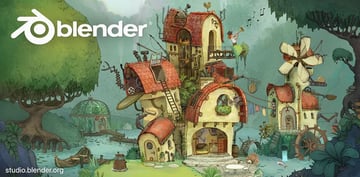
Blender is the ultimate beginner-friendly tool, but it’s also popular with the pros. It’s completely free, open-source, and packed with features for 3D modelling, animation, and rendering. Blender comes with two built-in render engines (Cycles for photorealism and Eevee for quick, real-time results).
SketchUp
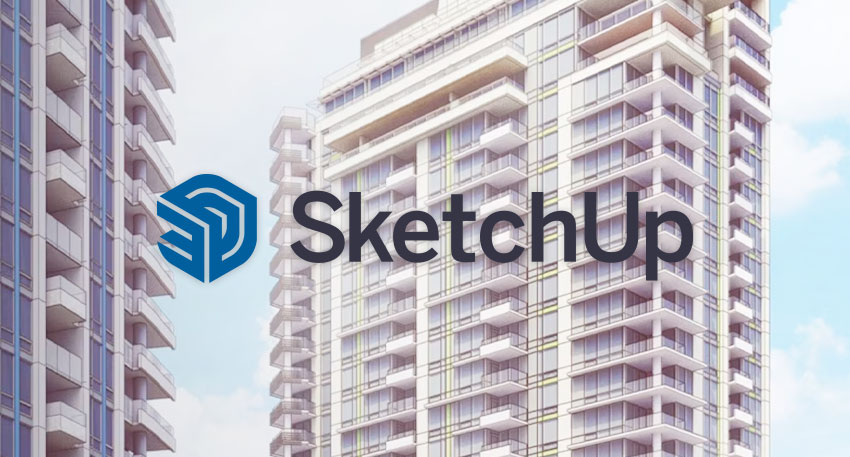
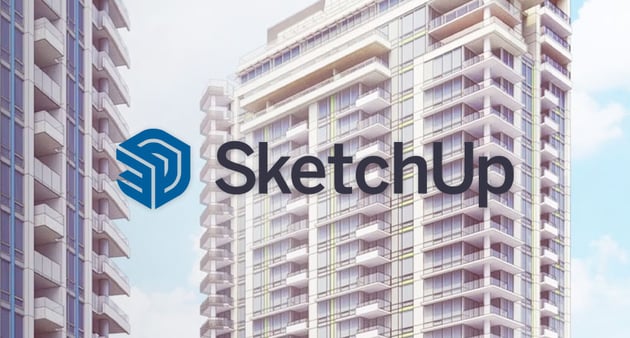

SketchUp is useful for beginners interested in architecture, interior design, or product modeling. Its intuitive interface makes it easy to create 3D models, and you can pair it with rendering plugins like V-Ray or Lumion for polished results.
Unreal Engine



If you’re curious about real-time rendering, give Unreal Engine a try. It does offer plenty of advanced features, but its intuitive workflows and free licensing for non-commercial projects make it a great way to get started and experiment.
Conclusion
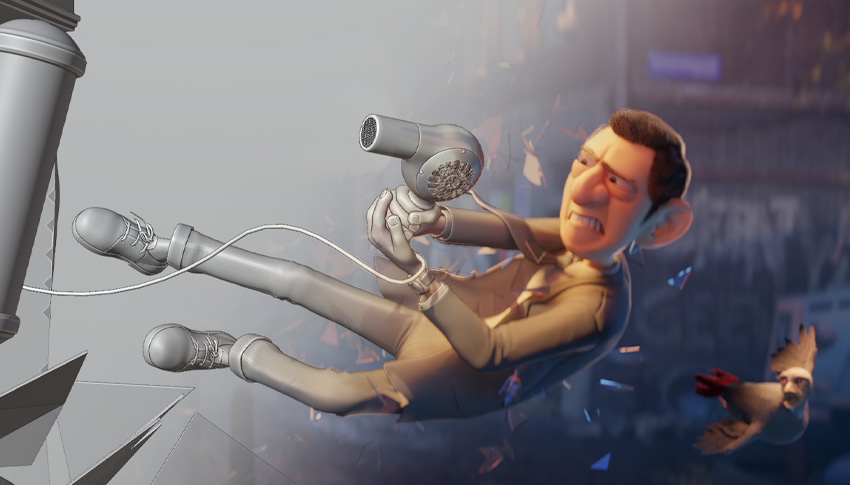
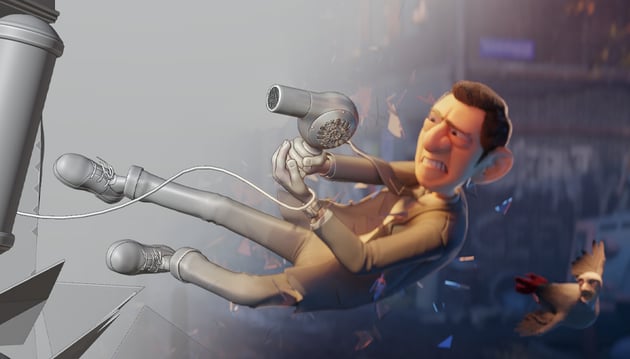
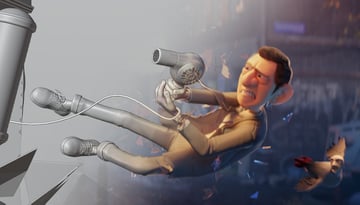
The technology behind 3D rendering can be complex, but it offers a lot of options to help you bring your digital creations to life. Whether you’re building a 3D city, designing a sleek product, or crafting a fantasy character, rendering is the final step that transforms your vision into a professional-looking result.
If you’re a beginner, don’t worry about mastering everything at once. Start small, and experiment with beginner-friendly tools like Blender or SketchUp. We have plenty of tutorials here on Envato Tuts+ to help you get going:
So dive in, have fun, and don’t be afraid to hit that “Render” button. Who knows? Your first creation could be the start of something incredible. Happy rendering!